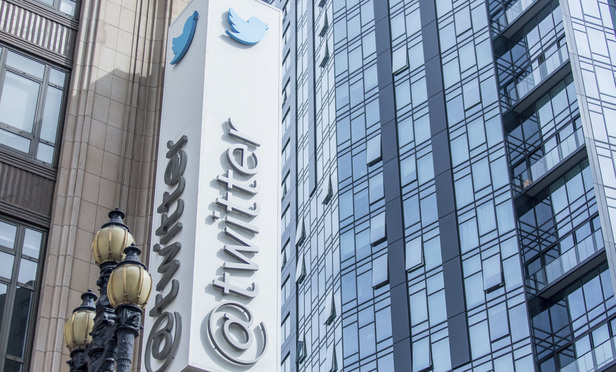On June 28, 2006, Judge William Shubb of the Eastern District of California was presiding over a complicated tax case. Just as a lawyer launched into his argument, the courtroom was filled with a familiar sound: a cell phone ringtone. Many of us can understand what the judge did next. “[H]is robes just flying in the wind,” he descended from the bench, seized the offending phone and hurled it out the door.
Cell phones obviously have tremendous potential to frustrate court proceedings. But thanks to mass communications platforms like Twitter and WordPress, they—and similar devices like iPads and Chromebooks—can also inform thousands of followers simultaneously about the legal process and the latest substantive developments in cases of interest. Surprisingly, court rules about the permissibility of Tweeting in court differ greatly, even within the same state or county. These differences come from a lack of clarity about how old rules of “media coverage” translate to the Twitter Age and a narrow (and arguably outdated) view of what cell phones can or should be used for. But they also reflect the enduring conflict between the public’s right to know and the obtrusiveness of newsgathering in the courtroom.



